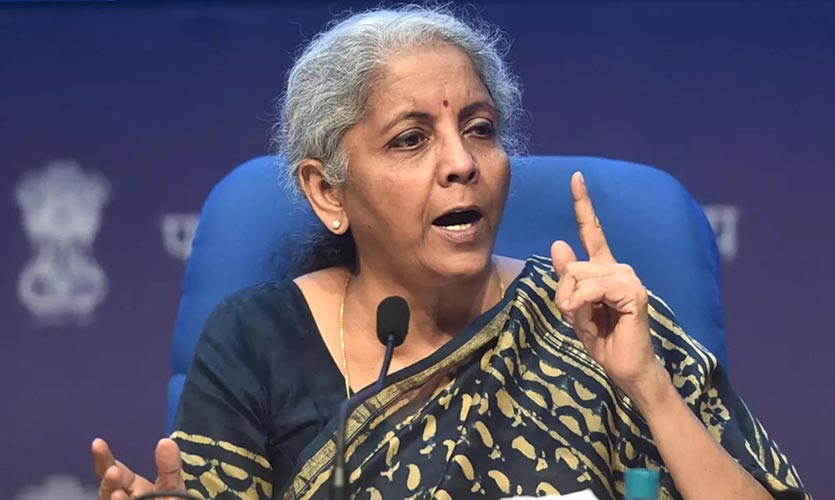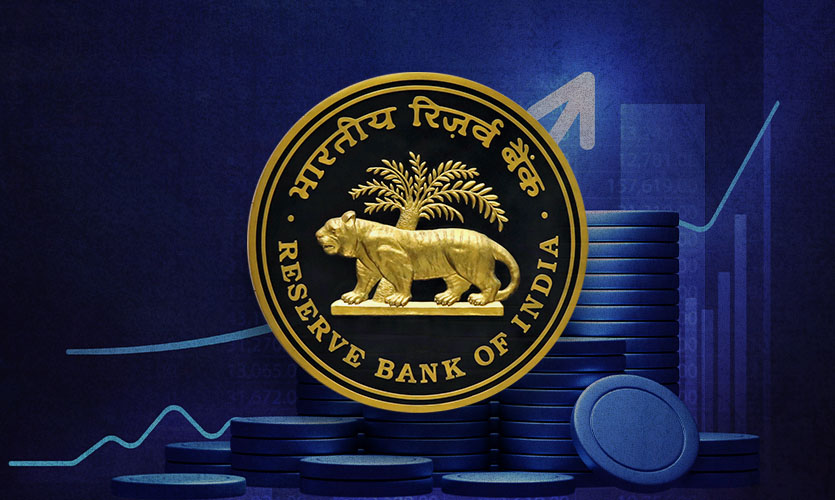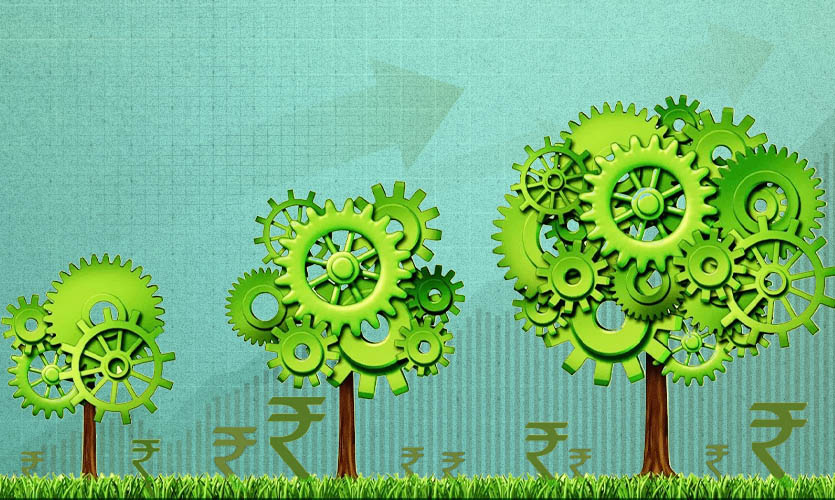The central government has set its mind on boosting asset monetisation, with Finance Minister Nirmala Sitharaman’s launch of the National Monetisation Pipeline (NMP) at New Delhi on August 23. The government aims to list out the infrastructure assets to be sold over the next four years, and gain visibility among investors. The NMP will act as a medium-term roadmap for the initiative, according to an official statement.
In her 2021- 22 Budget speech, Sitharaman had said, “Monetising operating public infrastructure assets is a very important financing option for new infrastructure construction. A ‘National Monetisation Pipeline’ of potential brownfield infrastructure assets will be launched. An Asset Monetisation dashboard will also be created for tracking the progress and to provide visibility to investors.”
Earlier this month, the Department of Investment and Public Asset Management (DIPAM) secretary, Tuhin Kanta Pandey said, “A national monetisation plan of about ₹6 trillion is in the offing which will have a range of assets from pipelines to power grid pipelines to national highways, toll-operate-transfer (TOT) and so on.”
The Narendra Modi-led government has prioritised the importance of asset monetisation in the Union Budget 2021-22 as a means to raise innovative and alternative financing for infrastructure as well as augmentation and maintenance of infrastructure.
How Does The NMP Work?
The concept of asset monetisation is crucial to understanding the working of the NMP. Asset monetisation is the process of conversion of assets, in this case, the contracts to build highways, bridges, roads, etc., into economic value. According to the official DIPAM website, “asset monetisation involves the creation of new sources of revenue by unlocking the value of hitherto unutilised or underutilised public assets. Internationally, it is recognised that public assets are a significant resource for all economies.”
Developed by the policy think-tank Niti Aayog, the NMP will comprise a four-year pipeline consisting of the government’s brownfield infrastructure assets across sectors including roads, railways, aviation, power, oil and gas, and warehousing. Worth close to ₹6 trillion, this will include a range of assets put on the block for private sector participation.
Niti Aayog was responsible for the development of an asset monetisation dashboard for monitoring the real-time progress of NMP. The portal will serve as the main source for investors keen on taking over assets of government departments and ministries.
In February 2021, Prime Minister Narendra Modi had said that the plan was to monetise 100 government and PSU-owned assets worth ₹2.5 lakh crores, which will be a lucrative “investment opportunity”. The target was set for the Ministry of Railways, Department of Telecommunications, Ministry of Road Transport and Highways, Power, Civil Aviation, among others. The Ministry of Coal has separately identified assets of about ₹41,000 crores for monetisation.
In an attempt to encourage states to monetise their own assets and divest state government-owned companies, the Centre announced 50-year interest-free loans of up to ₹5,000 crores for states that participate in the initiative.
Road Ministry’s Asset Monetisation Plan
Over the next three years, as part of this ambitious plan, the Ministry of Road Transport and Highways has set a target of raising ₹30,000 crores through asset monetisation.
The Minister for Road Transport and Highways, Nitin Gadkari said, “[The] NHAI intends to raise ₹1 lakh crore through the TOT plan of asset monetisation in the next five years. We are getting excellent response and have got a lot of new models and pension funds besides investors from abroad.”
The NHAI is authorised to monetise public-funded national highway projects, which are operational and will collect toll for at least one year after the commercial operation through the TOT model on a case-to-case basis.
Read more: India Scraps Retrospective Tax Laws, Brings Back Faith Among Foreign Investors
Disinvestments So Far
One of the methods of asset monetisation is the Infrastructure Investment Trust (InvIT) and the Real estate Investment Trusts (RevIT), both of which are collective investment schemes similar to a mutual fund that enables direct investment of money from individual and institutional investors in infrastructure projects to earn a small portion of income as a return.
During the annual session of the industry body CII, DIPAM secretary Pandey said that the InvIT of the Power Grid Corporation of India (PGCIL) had been successfully conducted and now a lot of regulatory systems have been established. This entailed streamlining a host of regulations and procedures. Pandey further said that the second InvIT by GAIL is expected soon.
Some of the upcoming major disinvestment projects made by the government include Air India, Bharat Petroleum Corporation, Shipping Corporation of India, BEML, Pawan Hans and Neelachal Ispat Nigam. These have received sufficient interest from bidders, according to Pandey. Tenders for public-private partnerships (PPP) in railway stations have also been announced, and the model has been successful in managing airports.
“The government is also talking about the closure of enterprises quite openly for the first time, in case it cannot be disinvested. In the non-strategic sectors, the direction is that either we privatise or close. Hence, apart from the National Company Law Tribunal (NCLT), there will also be a lot of assets on offer from the public sector,” Pandey said.










